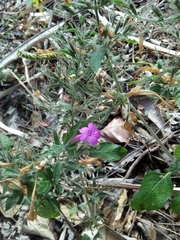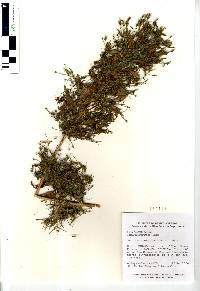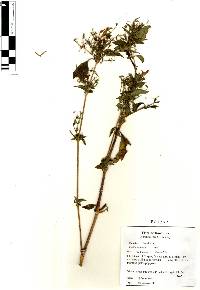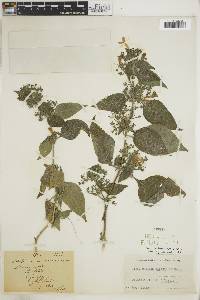
Neotropical Flora
|
Family: Acanthaceae
|
Herbaceous or suffrutescent plants up to 2 meters high; stems simple or branched, the tips glandular-pilose, the lower portions becoming whitish and glabrate; leaf blades oblong-lanceolate to ovate, up to 15 cm. long and 7 cm. wide, acuminate at apex, acute or rounded at base, denticulate, repand-crenulate or subentire, hispidulous or occasionally grayish-pubescent beneath; petioles up to 9 cm. long, pilose; inflores- cence axillary, erect or ascending, dichotomously branched, some- times forming a dense cylindric panicle, glandular-pubescent; bracts oblong, 3 to 8 mm. long, to 1 to 3 mm. wide; calyx 8 to 15 mm. long, glandular-pilose, the segments linear; corolla purplish, pubescent, 2 to 2.5 cm. long, the lobes rounded, about 5 mm. wide, the limb 1 cm. broad; stamens included; capsules clavate, 8 to 9 mm. long, 3 mm. wide, flattened, pointed, glabrous, 2- to 4-seeded; seeds flat, ovate, 4 mm, long and 3 mm. wide, smoothish when dry, mucilaginous-pubes- cent when moistened. VERNACULAR NAME: Escobilla de ratón (Bro. Elias 1385). Found along roadsides, on open slopes or in fields in either dry or moist situations. Mexico, Central America, Colombia, and Brazil. |
Powered by Symbiota.

































